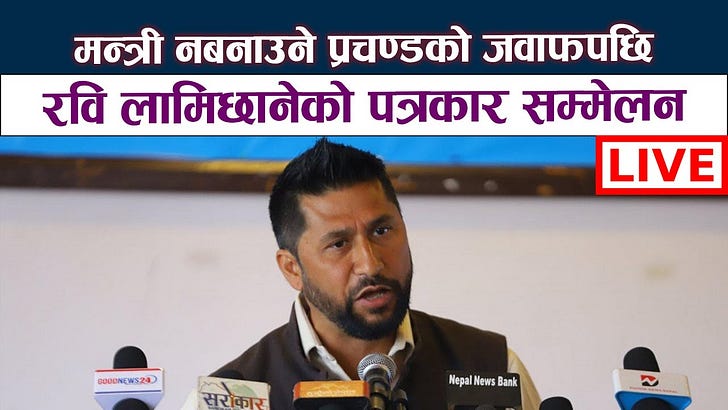It’s February 10, 2023, and you’re reading Off the Record.
I’m Pranaya Rana and in this newsletter, we’ll stop, take a deep breath, and dive into one singular issue that defined the past week.
You can read Off the Record for free by visiting this link to receive this newsletter in your inbox every Friday.
Keep reading with a 7-day free trial
Subscribe to Kalam Weekly to keep reading this post and get 7 days of free access to the full post archives.




